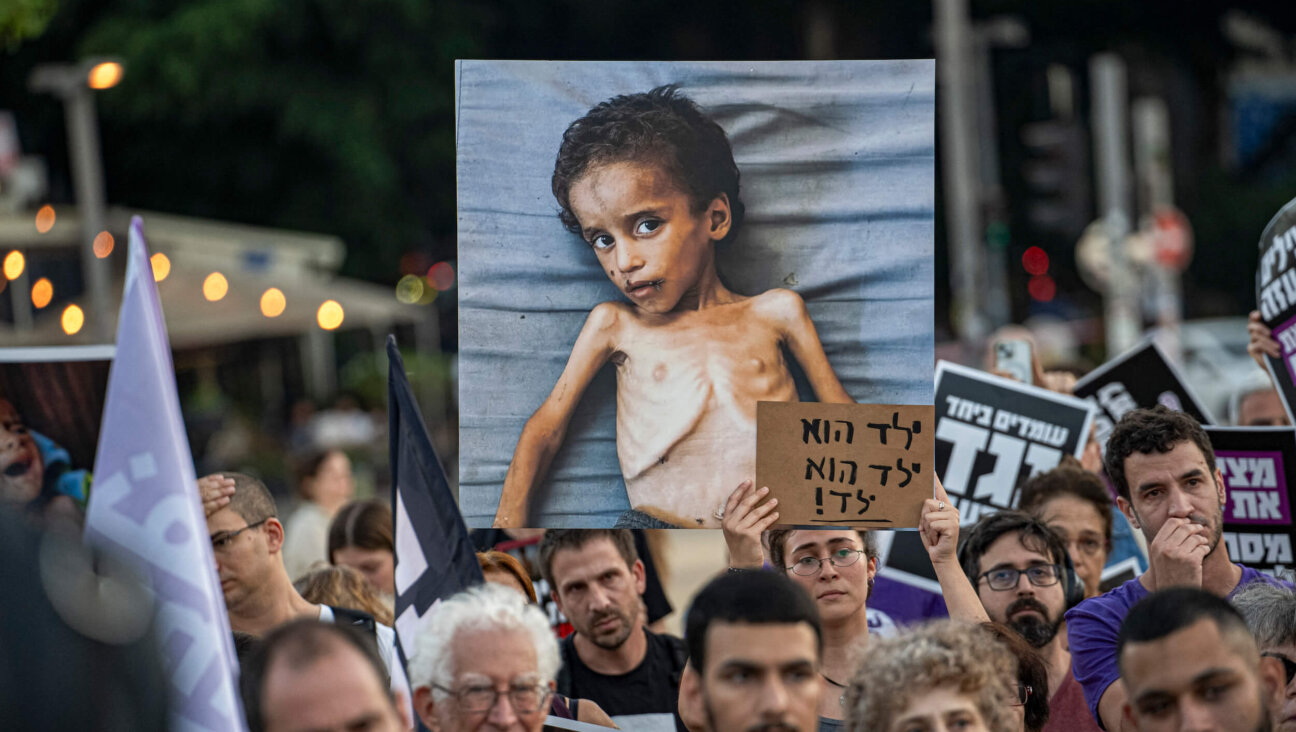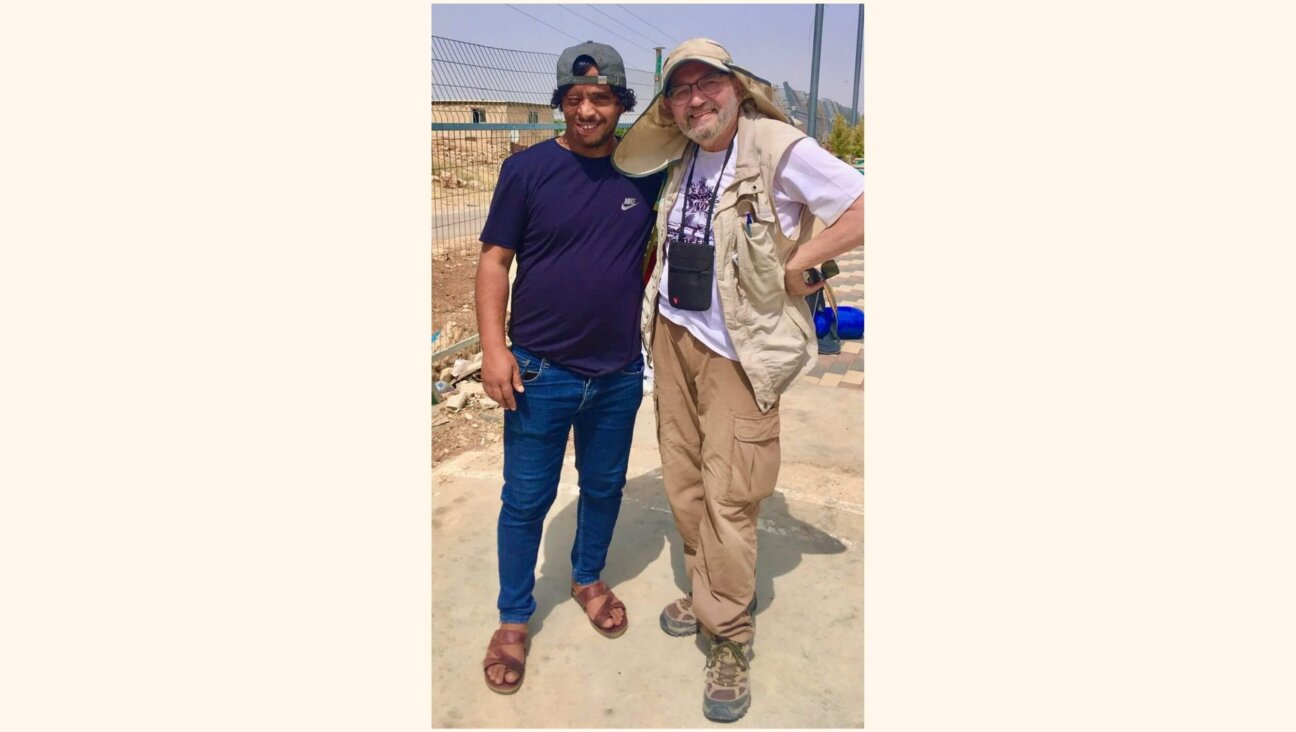How a Jewish Hospital Survived the Holocaust
Refuge in Hell: How Berlin’s Jewish Hospital Outlasted the Nazis
By Daniel Silver
Houghton Mifflin, 295 pages, $24.
* * *|
On April 24, 1945, when Soviet troops liberated a Berlin hospital, they discovered the unfathomable inside its doors. Two years after Joseph Goebbels had proudly professed the Nazi capital Judenrein, there functioned a Jewish hospital, where Jewish doctors and nurses had treated Jewish patients throughout the war.
The survival of Berlin’s Jewish Hospital during the Holocaust is as astonishing as the scarcity of scholarship that has been written about it. Daniel Silver, former chief counsel for the National Security Council and the Central Intelligence Agency, spent more than 20 years researching the hospital’s history and, more recently, interviewing surviving staff and patients. His impressive new book, “Refuge in Hell: How Berlin’s Jewish Hospital Outlasted the Nazis,” reads like a novel imbued with the richness of a strong narrative and the depth of compelling characters.
Described repeatedly as “a miracle,” the hospital’s survival, Silver posits, is partially due to the bureaucratic finesse of its medical director, Walter Lustig. An ambitious, assimilated Jew in Berlin’s professional class, baptized and married to an Aryan, Lustig nonetheless had his medical license revoked under the Nuremberg racial laws. Like a number of prominent Jews, he became enmeshed in the Nazis’ cunning scheme of manipulating Jews for their bidding. Much controversy still surrounds the people who accepted such roles; indeed, some recent scholars have posited that the Final Solution would have been unthinkable without Jewish cooperation. Were these men collaborators who expected to be spared in exchange, or were they quasi-heroes who attempted to safeguard the few they could manage? Or were they neither, but rather, a paradoxical combination?
Lustig, Silver tells us, has been vilified by some as “an unscrupulous anti-Semite” and a sexual predator who took full advantage of his position at the hospital. One nurse recounted to Silver that “it was good not to be pretty.” A contrasting portrait arises from Lustig’s secretary, Hilda Kahan, who remembers his efforts to protect orphaned children and who described him as “a very courageous man…. In my eyes, he was a genius.”
The Jewish Hospital was utilized for a hodgepodge of purposes during the war, some having little to do with medical treatment. Jewish spouses of Aryan women were interned there, in an outrageous attempt to separate husbands and wives in the hope of dissolving marriage bonds (and thereby paving the way for the men’s deportation). Some residents bought protection; it was rumored Rothschild family members lived there. Those Jews who fell ill at police stations, prisons or concentration camps were brought to the hospital in an unnerving example of Nazi bureaucracy, only to be exterminated when their health was restored. A high number of patients attempted suicide. The staff, knowing what lay ahead for them, occasionally allowed elderly patients to die, while concentrating their efforts on those with the best chance of surviving the camps. Evidence suggests a few unnecessary procedures were performed to allow patients to avoid the transports, which left Berlin on a weekly basis. The saddest patients were pregnant women, who after giving birth were placed on transports with their infants. In some instances, Jewish doctors and nurses were ordered to be escorts, to assist in disguising these “resettlement” journeys. No hospital staff ever returned, and it was common knowledge that escorts were receiving death sentences.
Soon after liberation, Lustig disappeared. Last seen leaving the hospital with two Soviet officers, no one knows for certain whether he was assassinated for collaborating with the Nazis or had shrewdly staged his disappearance. What happened to Lustig remains as much a mystery as his wartime agenda.
In the book’s final chapter, Silver offers a series of astute questions and answers, one of which is, “Why has the hospital’s story drawn so little attention?” Silver posits that this may be because many survivors were intermarried, thus “it may not have been ‘politically correct’ in some Jewish circles to acknowledge that intermarriage contributed, even to a minor degree, to Jewish survival in Germany.”
Silver aptly concludes his book with a portrait of the hospital today, located in what is now a working-class neighborhood. Jewish doctors, including one who is the Israeli son of a German Jewish refugee, remain employed there. The hospital’s patients are no longer mostly Jews, but Muslim “guest workers” from Turkey and the Middle East.
Suzan Sherman’s writing has appeared in The New York Times Book Review, The New York Observer and BookForum, as well as the fiction anthology “Lost Tribe: Jewish Fiction From the Edge” (HarperCollins, 2003).
















